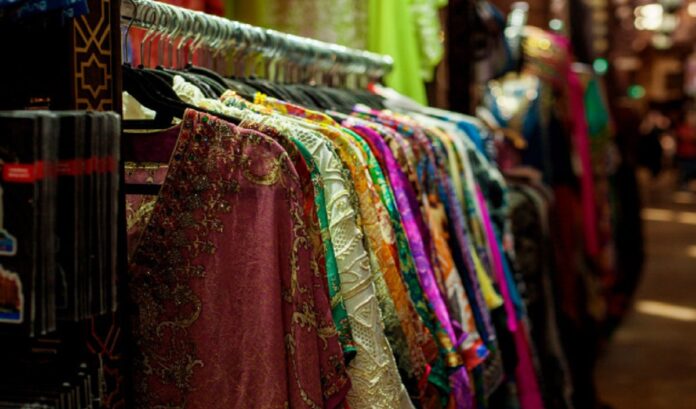In a dynamic era of globalization, cultural exchange extends beyond borders, leaving an indelible mark on various aspects of life, including fashion. One notable phenomenon is the increasing influence of Western wear on the traditional Indian wear market. As global trends seamlessly merge with local styles, a fascinating evolution is underway in the vibrant tapestry of India’s sartorial choices.
Fusion Fashion:
The marriage of Western and Indian styles has given rise to a burgeoning trend known as fusion fashion. Traditional garments, such as sarees and lehengas, are now paired with Western silhouettes, creating a unique blend of elegance and modernity. The infusion of Western cuts, drapes, and fabrics into traditional wear has captivated the imagination of Indian fashion enthusiasts.
Changing Lifestyles:
The influence of Western wear can be attributed, in part, to the changing lifestyles of the urban Indian population. As the pace of life quickens, there is a growing preference for comfortable and versatile clothing. Western-inspired casual wear, like jeans, T-shirts, and dresses, has become a staple for many, complementing the traditional attire that remains integral to cultural celebrations and ceremonies.
Globalization and Digital Connectivity:
The advent of globalization and increased digital connectivity has facilitated the rapid dissemination of fashion trends. Social media platforms showcase global styles, making Western fashion more accessible to Indian consumers. Influencers and celebrities flaunting Western-inspired outfits contribute significantly to the popularization of this trend, creating a bridge between cultures.
Rise of Western Brands in India:
The presence of international fashion brands in India has grown substantially over the years. These brands bring Western aesthetics and design philosophies to the Indian market, influencing consumer preferences. The allure of Western brands lies not only in their product offerings but also in the aspirational lifestyle they embody, driving a shift in fashion choices among the younger demographic.
Traditional Indian wear, once reserved predominantly for special occasions, is now finding a place in everyday wardrobes. The versatility of Western-inspired Indian outfits allows individuals to seamlessly transition from day to night, breaking away from the notion that traditional attire is limited to festive occasions.
The influence of Western wear on the Indian market is a testament to the dynamic nature of fashion and cultural exchange. The fusion of styles has given rise to a rich tapestry of choices, allowing individuals to express their identity through clothing that seamlessly merges tradition with modernity. As India continues to embrace this cross-cultural exchange, the evolving wardrobe reflects not just a shift in fashion preferences but also a celebration of diversity and global interconnectedness.

